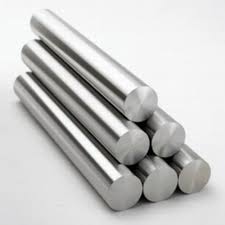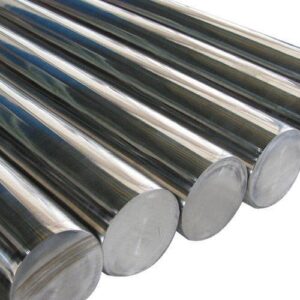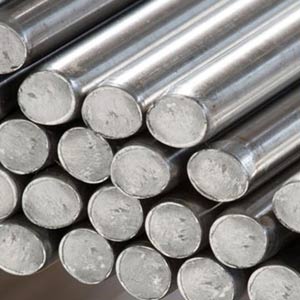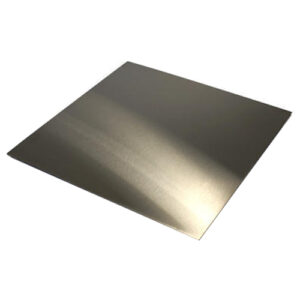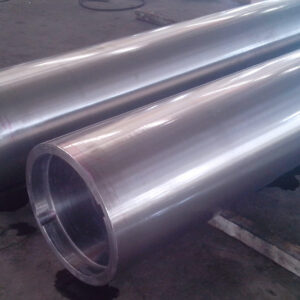Specification:
ASTM/ASTE: UNS S40300
EURONORM: X7Cr13
Applications:
- Compressor blades
- Turbine parts
Corrosion Resistance
- High degree of resistance to atmospheric corrosion because of its ability to form a tightly adherent oxide film
- Maximum corrosion resistance is obtained by hardening and polishing.
- Not recommended for use in severely corrosive environments.
Oxidation Resistance
- Resists oxidation up to 1400°F (760°C).
- Temperature should not exceed 1200-1300°F (649-704°C) in continuous service.
Hot Working/Heat Treatment
Forging or Rolling
- Starting temperature between 2000°F and 2100°F is recommended for forging, with a finishing temperature recommended above 1400°F .
- Final forging temperatures as low as 1300°F, if care is taken not to rupture steel
- Better mechanical properties obtained in forged and tempered condition in lower temperatures
Annealing
- May be annealed at 1500-1650°F, followed by a slow cool to 1100°F , and a final air cool.
Hardening
- Material may be fully hardened by oil quenching from 1650-1800°F
- Light sections may be hardened by air or fan cooling.
- Alloy will harden, to varying degrees, when cooled from temperatures above 1500°F
Tempering
- May be done at a temperature between 400°F -1400°F
- Advisable to avoid the 800°F – 1100°F range due to a decrease in impact properties and corrosion resistance.
- Strength and hardness decrease in the 800°F – 1100°F while ductility and toughness increase as the tempering temperature is raised.

